Saturday, March 11, 2017
School of Visual Communication Design
Kent State University
Kent, OH 44242
Design Incubation is excited to announce our first excursion to the midwest. We have been invited by Kent State University, School of Visual Communication Design to hold a day of design research presentations and discussion.
Saturday, March 11, 2017
10:30AM–4:30PM
School of Visual Communication Design
Kent State University
Kent, OH 44242
Visit back for more details. We are accepting abstract submissions now until February 18, 2017.
Hosted by
School of Visual Communication Design, Jessica Barness (jbarness@kent.edu) and Sanda Katila (skatila@kent.edu)
Venue
Cene Lecture Hall, Center for Architectural and Environmental Design, Kent State University.
This venue is across the street from the Kent State Hotel in downtown Kent, where there are also many restaurants, shops, bars, etc. Parking is available (campus lot, street, and downtown parking ramp).
Travel to Kent
Kent is located in the Cleveland-Akron metro area and is easily accessible from I-80 (Ohio Turnpike) and I-76. Two airports serve the area: Akron-Canton (CAK) and Cleveland Hopkins International (CLE).
Parking
Parking: Kent Central Gateway parking ramp ($5/day).
Directions to venue from parking: After exiting the parking ramp on foot, walk to the left and across Haymaker Parkway to the KSU campus gateway. Look for the large, brand new brick-and-glass building just ahead on the right – roughly 1 block. Entrance is at the far end of the building: Center for Architecture and Environmental Design (CAED).
Accommodations
The Kent State Hotel is located across the street from the colloquium venue. Contact the hosts for other accommodation recommendations in the area.
Schedule
10:15 Presenter setup
10:30 Introduction
10:45 Morning Presentations
Grafik Intervention: Sparking Urban Revitalization Efforts Through Graphic Design
Brit Rowe
Associate Professor of Art & Design
Department of Art & Design
Ohio Northern University
Re-Inscribing History
Yoonkyung Kim
Assistant Professor of Visual Communication
OU School of Visual Arts
University of Oklahoma
Hearing What Isn’t Said: Visualizing Non-Verbal Responses In Data Analysis
Sanda Katila
Associate Professor
School of Visual Communication Design
Kent State University
Science Rules: Why Design Research Needs Scientific Research Classifications
Dennis Cheatham
Assistant Professor of Graphic
Design
Graduate Director, Experience Design MFA
Miami University
Framing Metaphors in Visual Identity Design
Jason E. Murdock
Undergraduate Instructor
School of Visual Communication Design
Kent State University
Evaluating a Socialization and Companionship Augmented Reality System
Yi-Fan Chen
Experience Design MFA candidate
Miami University
Video Games Help to Prepare Girls For a Competitive Future In Stem
Leigh Hughes
Adjunct Instructor
School of Visual Communication Design
Kent State University
11:45 Q&A / Discussion
12:30 Lunch in downtown Kent
1:45 Afternoon Presentations
Featured Presentation:
Critical Practices as Design Scholarship: Strategies and Opportunities
Jessica Barness
Assistant Professor
School of Visual Communication Design
Kent State University
Steven McCarthy
Professor
College of Design
University of Minnesota
Presentations:
Uncovering Classical Painting Through Design Process and Artifacts
Zachary Winegardner
MFA Candidate
Ohio State University
Place Into Words: An Unconventional Approach To Communicating The Story of Human Space Flight
Alan Walker
MFA Candidate & Adjunct Instructor
School of Visual Communication Design
Kent State University
Alex Catanese
MFA Candidate & Adjunct Instructor
School of Visual Communication Design
Kent State University
Jordan Kauffman
MFA Candidate & Adjunct Instructor
School of Visual Communication Design
Kent State University
Reveal, Empower, Propel: Design Education for a Tenacious Community
Herb Vincent Peterson
Associate Professor of Design: Coordinator of Graphic Design
Co-Founder of Marion Design Co.
Division of Art + Design
Indiana Wesleyan University
Wendy Puffer
Assistant Professor: Coordinator of Design for Social Impact
Co-Founder of Marion Design Co.
Division of Art + Design
Indiana Wesleyan University
INPLACE: Innovative Plan for Leveraging Arts Through Community Engagement
Robert J. Thompson
Assistant Professor
Graphic & Interactive Design
Department of Art
College of Creative Arts & Communications
Youngstown State University
Terry Schwarz
Director
Cleveland Urban Design Collaborative
Kent State University
The Process Of Exploring the Next Urban Condition
Adam Fromme
MFA Candidate
Department of Design
The Ohio State University
Participatory Design Research and Social Practice: Postcard Exchange as a Generative Design Research Tool for Eliciting Stories
Hemalatha Venkataraman
MFA Candidate
Design Research and Development
The Ohio State University
Two Implications of Action-Centric Interaction Design
Ian Bellomy
Assistant Professor Communication Design
Myron E. Ullman, Jr. School of Design
University of Cincinnati
Multi-modal Interface Design: Communicating Design Through Presentation and Review
Peter Lusch
Assistant Professor of Graphic Design
College of Arts and Architecture
Penn State
Danielle Oprean
Post-Doctoral Research Scholar
Stuckeman Center for Design Computing
Penn State
3:45 Q&A / Discussion
5:00 Drinks and conversation, location TBA in downtown Kent (optional)
Like this:
Like Loading...
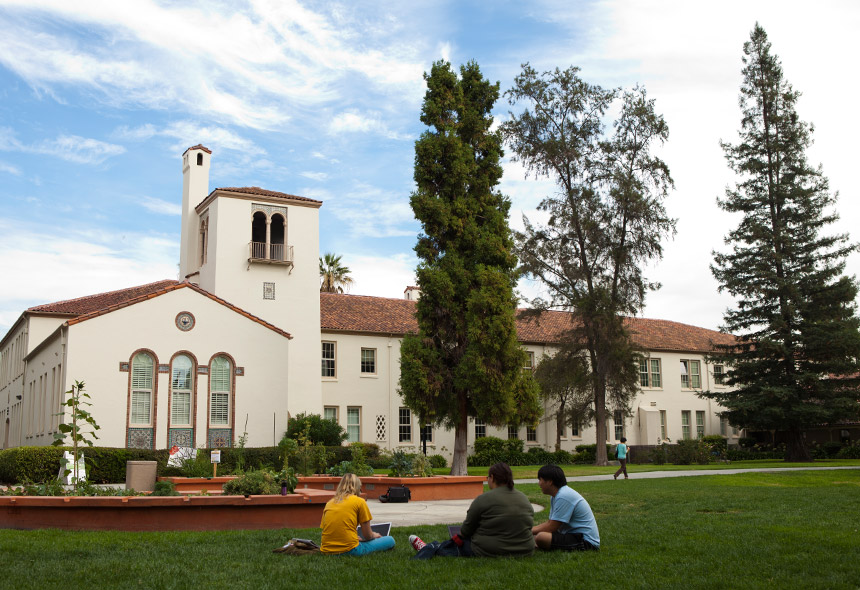
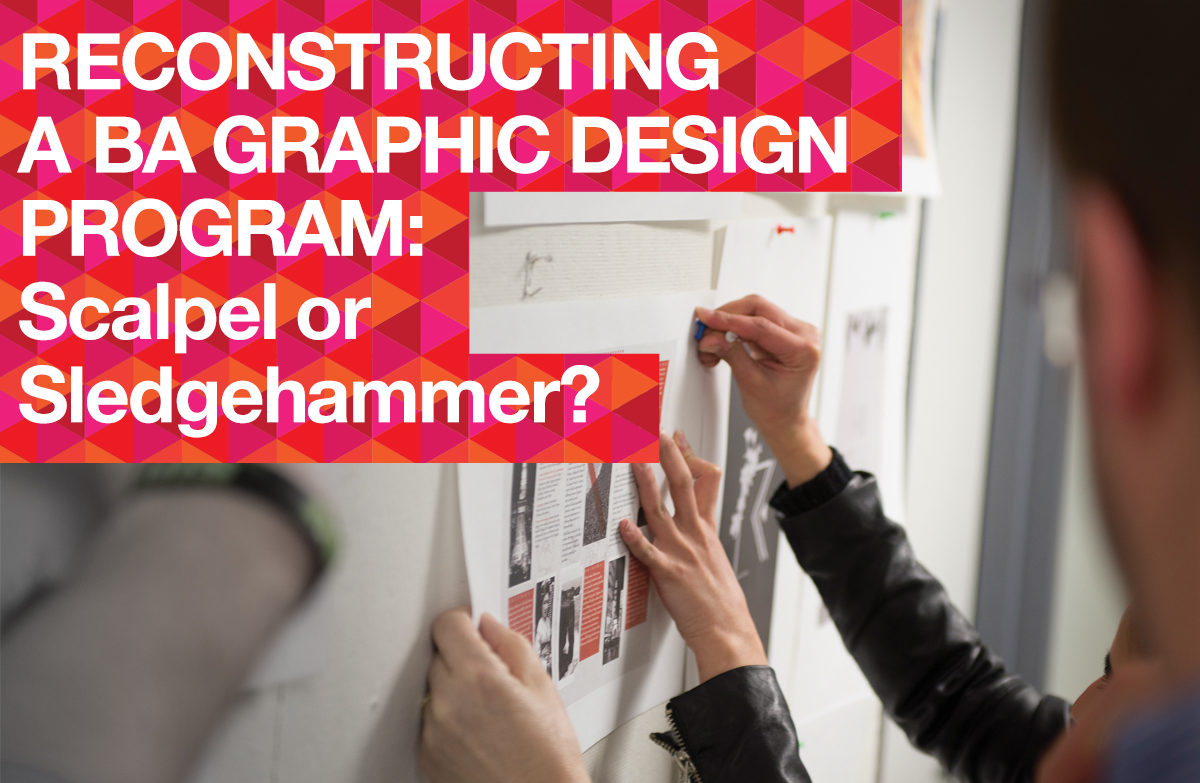
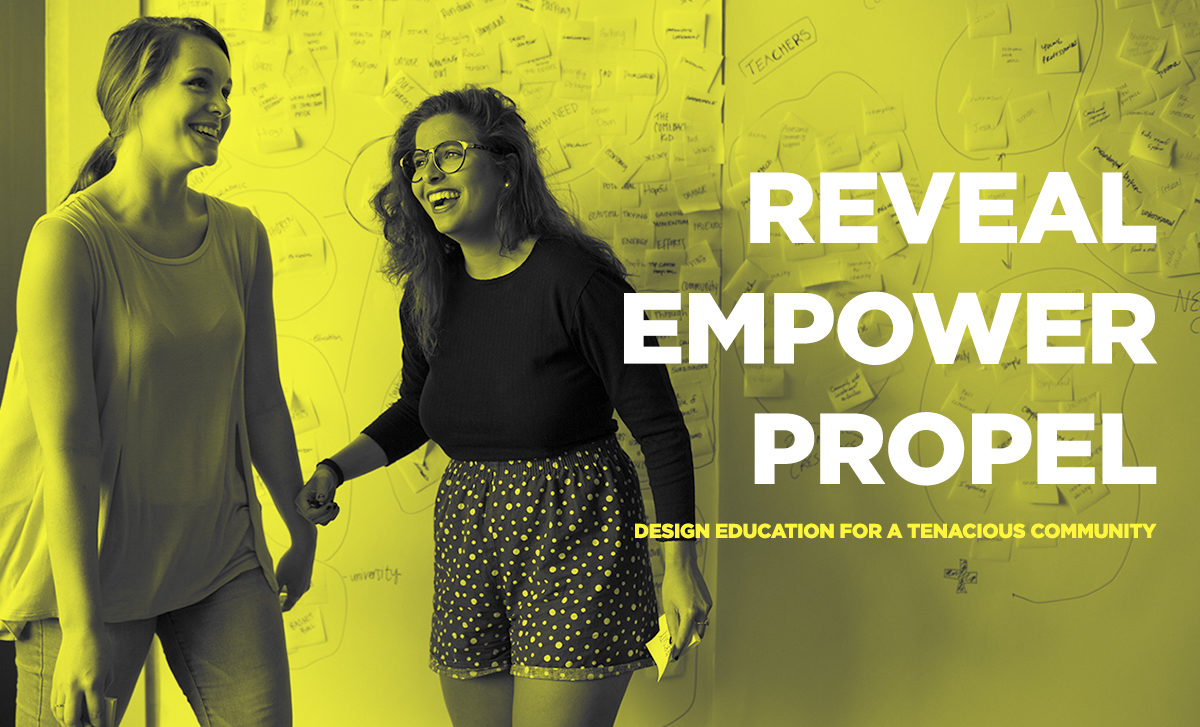


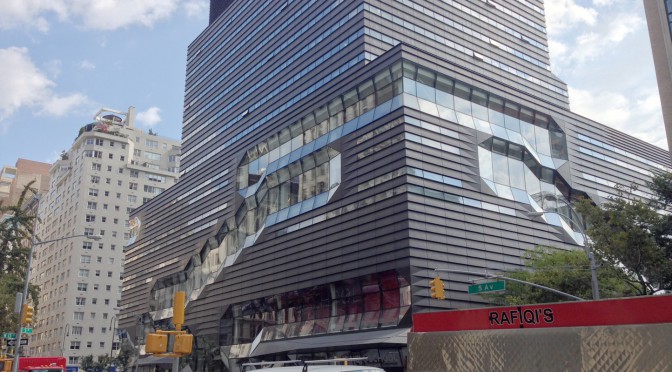
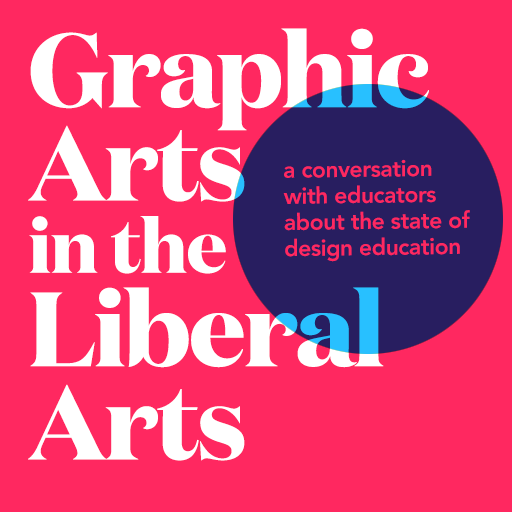
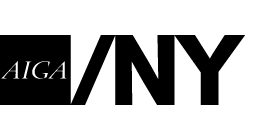
 Hosted by Type Directors Club
Hosted by Type Directors Club